Kina

(quality 1, scale 1)
Kinas are large flying reptiles similar in size to big eagles. They primarily feed on fish and are common sights along all the coasts, but also frequently found living near major rivers and great lakes. While they usually don’t hunt people, they can be quite aggressive fighting off intruders getting close to their nesting sites, which are often found on steep cliffs or atop rocky hills.
Kesk
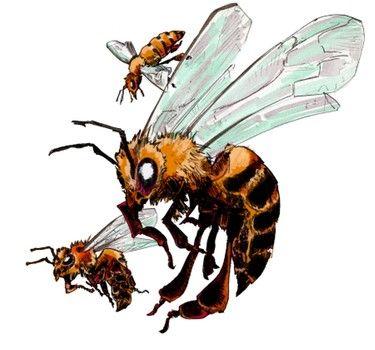
(quality 0, scale 0)
Kesks are large flying insects similar to bees that grow as big as a medium sized bird. Like bees or ants, kesks live in large swarms that build extensive hives, which are often found in caves that are surrounded by dense forests, but might also dig into the sides of earthy hills. Kesks store large amounts of honey in their hives that is a valuable resource for nearby villages. Kesk keepers use smoke from various plants to pacify the swarm to allow them to harvest the honey, but have to take extreme care to not get too close to any larvas, which will result in a violet attack. Kesk keepers also usually wear suits of heavy leather, as a sting from a kesk can be very painful, and multiple stings quickly lead to death. Kesks hives that are located in caves large enough to be passable by people often make up a large part of the economy of villages that control access to them.
Krat

(quality 3, scale 5)
The krat is a very large and heavy reptile found in some of the more open forests of the south. Their size is similar to an elephant but with shorter legs and a long tail, and they have to very large and thick horns on their heads like a bull. While krats are extremely strong, they are not very fast, slow to train, and require great care and attention from handlers, which makes them rare as pack animals, but highly valued by those able to keep and maintain them. Wild krats can be quite mean creatures and only a small number of them is suitable for training.
Liak
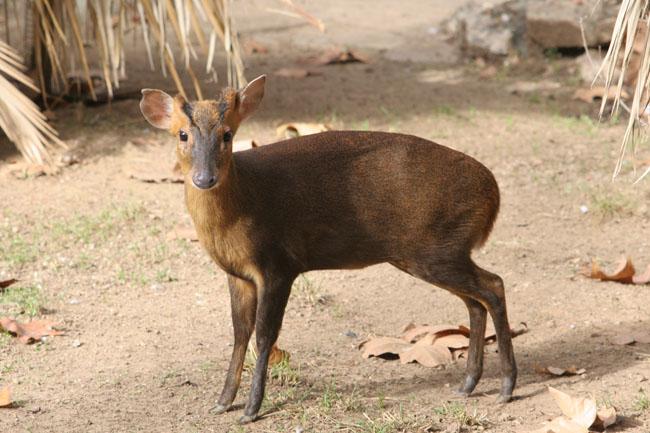
(quality 0, scale 0)
Liaks are small mammals resembling deer or antelopes. They are found in forests and mountains everywhere and commonly hunted for food, but rarely kept as lifestock, as they have a tendency to constantly escape from enclosures.
Mora
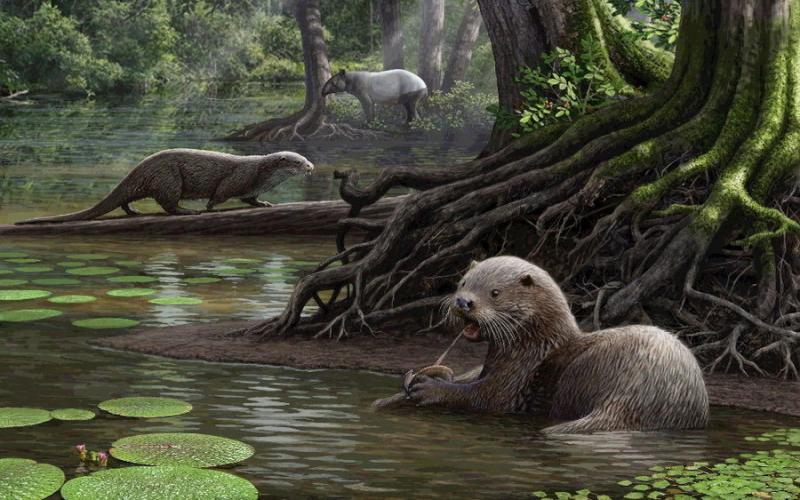
(quality 4, scale 4)
The mora is a huge otter-like creature that can be found in many of the world’s major rivers. It can grow as long as four or five men and preys on large fish, crocodiles, snakes, and almost anything else that comes close to the water to drink. Fortunately, moras are mostly solitary creatures with large territories, and they don’t usually attack larger boats, so they are not seen very often. But moras that start preying on people often become very serious problem and are very difficult and dangerous to hunt and slay.
Mutak
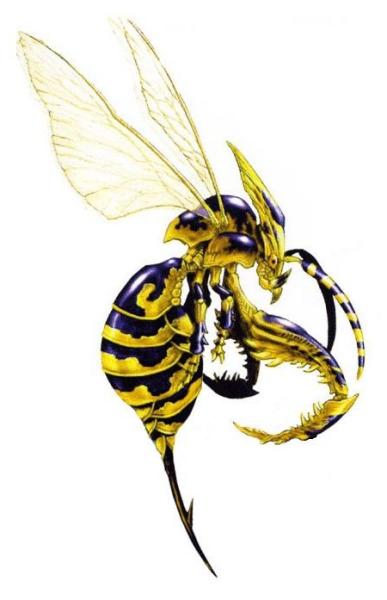
(quality 1, size 1)
The mutak is a large insectoid predator with a body that can grow as long as a big man’s lower arm. While they mostly hunt animals smaller than themselves, their poisonous sting is quite deadly to creatures considerably larger and they can be a real threat to people. Mutaks are solitary creatures and not territorial, but it’s not unusual to see up to a dozen hunt in the same place.
Neska
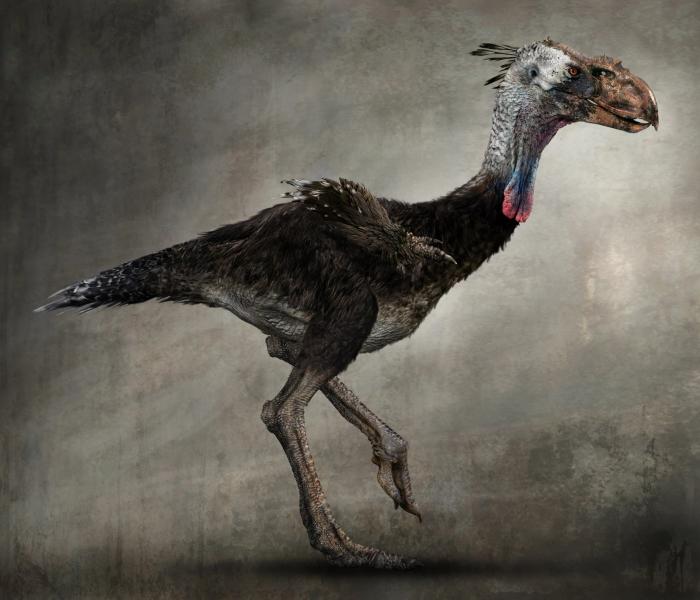
(quality 2, size 2)
Neskas are large two-legged and feathered reptiles with beak-like maws that inhabit many of the forests and islands of Kaendor. A neska typically grows as tall as a large man, but large males can grow several heads taller than that. Neskas are predators who hunt various small forest animals, but when provoked they fight back viciously and their bite can easily kill a man.
Oget
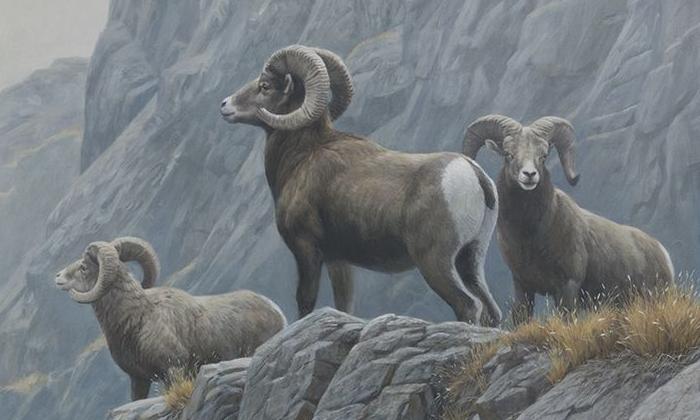
(quality 1, size 1)
Ogets are common farm animals that are found in villages and town throughout all of Kaendor. They resemble wild goats or sheep, but many breeds grow as big as a donkey and can be trained as mounts, though they are more commonly used as pack animals. Most breeds are smaller and are kept for both milk as well as meat and leather. While they are found in many coastal settlements, ogets are particularly important in villages in the mountains, where they are often the main source of food for people, as they can graze on hardy grasses and shrubs where few crops can be grown.
